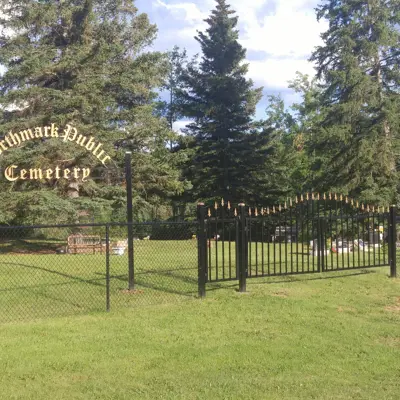Today, oil and gas is a major driver of the provincial economy, but over half a century ago, agriculture was still the big business of Alberta.
As soon as early settlers arrived in Woking in the 1910s and 1920s, farming was the dominant industry. The first crop produced in the Woking area was oats, but the agricultural industry would grow and change over the subsequent years.
While agriculture was an important industry, something new was on the horizon.
In 1947, the lives of many people in Alberta changed with the discovery of oil at Leduc.
That discovery forever changed the history of Alberta, making it an economic force within Canada.
While we often associate oil and gas with Fort McMurray, central Alberta and around Calgary, Woking has a long history when it comes to oil and gas.
In the 1950s, various families around Woking began to supplement their faming income with money earned in the oil patch.
In 1952, Pacific Petroleum drilled a gas well on the farm of Milton Cliffe. That became known as Rycroft No. 1. It was a good well and within a year, a pipeline was built and Woking provided Grande Prairie with its first natural gas.
Due to the success of that well, eight more wells were dug in the area over the next five years; however, all of those wells produced little to no gas.
The workers back in the 1950s didn't enjoy many of the things oil patch workers have now. They described it as being tough, with the drill bits being of poor quality and more likely to trip when drilling. When that happened, the workers had to pull all the pipes out so that the bit at the bottom could be changed.
For that work, the workers in Woking earned $1.85 an hour. Today, that equates to about $20.50 per hour - far below what someone could expect to earn in today's oil patch.
Despite these other wells not producing, the oil and gas industry in the area continued to move forward. Three gas wells were dug on the property of John Brown in the late-1950s and early-1960s. All three produced and were connected to the Grande Prairie Transmission Pipeline.
With more oil and gas producing wells, another pipeline was built and eventually fell under the control of the Alberta government.
On the property of a man named Muehrer, another series of gas wells were successful. With all those successful wells, it was not long before Woking became known as a good place is you wanted to drill wells.
For decades to come, many farmers would supplement their income by opening up their land for oil and gas. That, in turn, helped fuel the local economy, ensuring the continued existence and growth of the Woking area.
The young men who started working as roughnecks on local property drill sites eventually became drillers, consulting engineers, pipeline workers and tank truck drivers. Women in the area became camp attendances, cooks and cook helpers at sites throughout the province.
All of these people helped to drive the provincial economy with the experience they gained in Woking.
Since the oil tankers needed to haul oil from the ground out of Woking, graveled roads were built to transport the oil. This helped make many parts of the area more accessible, further spurring on development.
A lot of changes coming from one gas well that hit paydirt in the 1950s.
Article by Craig Baird, courtesy of the Central Peace Signal.




